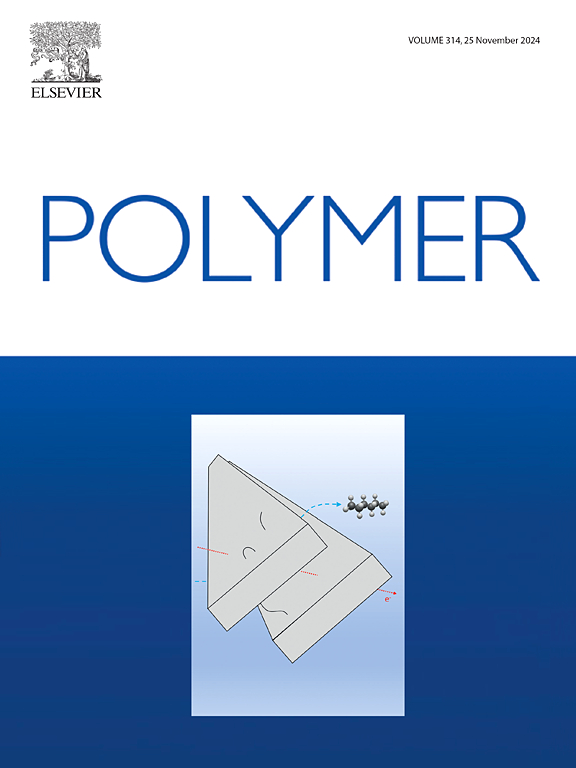Comparative study of UVC irradiation and heat treatment on Fenton-like oxidation of corn starch in a continuous flow system: Performance and greenness
IF 4.1
2区 化学
Q2 POLYMER SCIENCE
引用次数: 0
Abstract
UV irradiation and heat treatment, recognized as environmentally friendly methods, are extensively applied in modifying starch properties. The current work presented Fenton-like oxidation process of corn starch using a blend of H2O2 and CuSO4 under ultraviolet C (UVC) irradiation (wavelength of 254 nm) and heat exposure (50 °C) within a novel continuous flow system. The parameters of the experimental setup were separately optimized through one-factor-at-a-time and orthogonal design. The optimal conditions for both treatments included the pH value of 5.0 for starch slurry, irradiation duration of 60 min along with oxidant and catalyst concentrations of 2 % and 0.5 %, respectively. Under the optimized conditions, the effect of using H2O2/Cu2+ or H2O2 alone in combination with UVC and heat on physicochemical and structural attributes of native starch was compared. The higher oxidation degree was obtained for treatments of H2O2/Cu2+/Heat (0.461 %) and H2O2/Cu2+/UVC (0.378 %) compared to the other treatments. The findings showed that thermal treatment exerted a more pronounced influence on properties of oxidized starches compared to UV-C irradiation. Eco-scale methodology verified the green nature of the designed treatments for the starch oxidation.


紫外线照射和热处理对连续流系统中玉米淀粉 Fenton 类氧化作用的比较研究:性能和绿色环保
本文章由计算机程序翻译,如有差异,请以英文原文为准。
求助全文
约1分钟内获得全文
求助全文
来源期刊

Polymer
化学-高分子科学
CiteScore
7.90
自引率
8.70%
发文量
959
审稿时长
32 days
期刊介绍:
Polymer is an interdisciplinary journal dedicated to publishing innovative and significant advances in Polymer Physics, Chemistry and Technology. We welcome submissions on polymer hybrids, nanocomposites, characterisation and self-assembly. Polymer also publishes work on the technological application of polymers in energy and optoelectronics.
The main scope is covered but not limited to the following core areas:
Polymer Materials
Nanocomposites and hybrid nanomaterials
Polymer blends, films, fibres, networks and porous materials
Physical Characterization
Characterisation, modelling and simulation* of molecular and materials properties in bulk, solution, and thin films
Polymer Engineering
Advanced multiscale processing methods
Polymer Synthesis, Modification and Self-assembly
Including designer polymer architectures, mechanisms and kinetics, and supramolecular polymerization
Technological Applications
Polymers for energy generation and storage
Polymer membranes for separation technology
Polymers for opto- and microelectronics.
 求助内容:
求助内容: 应助结果提醒方式:
应助结果提醒方式:


